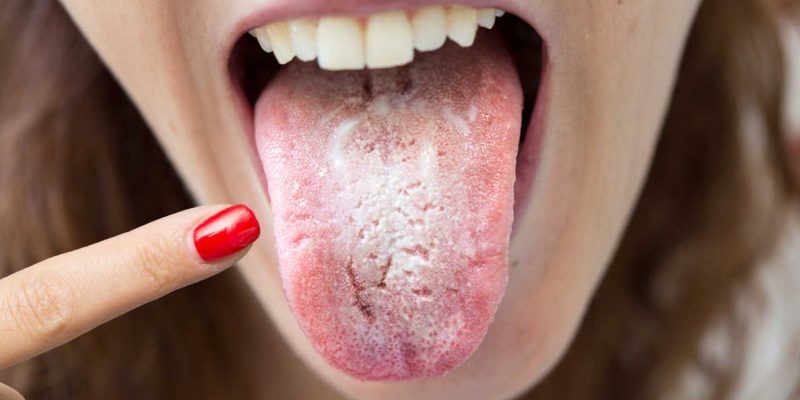The Sunday of May 9th, 2021 worked out beautifully for us all. We had two brilliant, power packed learning sessions organised by Dr Rockson Samuel of DentalReach, on
- “Effects of Covid on Oral cavity” at 11 am IST with renowned dentists taking us through the oral consequences and complications of Covid 19 infection, and
- “Covid Patient Care: How we dentists can lend a helping hand to physicians” at 4 pm IST , put together by a dedicated team of medical and dental experts through Karnataka State Dental Council (KSDC), equipping dentists to confidently take on the task of shouldering responsibilities with our medical fraternity.

We are thrilled to announce that our Covid Sunday by DR- Responsibilities of a Dentist in a pandemic webinar, got featured in The Times of India, dated 10th May 2021!

We are excited to share with you a brief ten pointer to assist you in your clinical practice as we all get ready to see more patients recovered from Covid 19 disease.
Ten-point Summary of the webinar session, “Effects of Covid on Oral cavity”
The speakers of this session were:
-Dr Vinay Kumar [MDS, DMD, FDS RCS (Ed), MD & PhD]
Oral Reconstructive Surgeon, Sweden & India
–Dr Anjan Shah [MDS, FICOI, FDS (UK), FFD (Ireland), FIBCSOMS (Japan)]
Oral Reconstructive Surgeon, Bangalore
-Dr PC Jacob [MDS, Cert. Maxillofacial Prosthetics (USA)]
Maxillofacial Prosthodontist, Bangalore
The session was moderated by Dr Nupur Shrirao, prosthodontist and editor, DentalReach.
Here is the ten-pointer takeaway from the session:
1. Mucormycosis is an invasive fungal disease, predominantly affecting those with uncontrolled diabetes. Cases have been on the rise in India even before Covid 19, since the country accounts for the largest number of persons with uncontrolled diabetes globally, making it also the Mucor capital of the world.
2. The four main subtypes are
- rhinocerebral,
- pulmonary,
- cutaneous and
- gastro-intestinal,
with the rhinocerebral type being the most common in India, followed by the cutaneous type.
3. Any infection can substantially increase blood sugar levels and Covid 19 is no different. A person can go from being a pre diabetic to a diabetic and an uncontrolled diabetic can go on to experience diabetic ketoacidosis. Immunosuppression due to Covid 19 infection and systemic steroids are significant contributory factors to the fungal colonisation.
4. It usually begins in the maxillary sinus, spreading upwards to involve the orbit and brain, and downwards to involve the maxillary bone and alveolus.
5. Dentists will see more patients affected with Covid 19 and must be equipped to deal with disease consequences.
6. History of diabetes, covid symptoms, its severity, hospitalization, steroid and oxygen administration must inquired into. A special emphasis must be placed on sugar control in diabetics.
7. Presenting features of mucor are
- nasal stuffiness,
- bloody nasal discharge,
- sinus headache,
- blurry vision,
- discolored skin or mucosa,
- pain in the teeth, palate or eyes.
Oral signs include
- loose teeth,
- deep pockets and
- areas of mucosal or bone necrosis.
8. OPG is not useful in its diagnosis as the disease affects the maxillary sinus which can be viewed better on conventional CT. Histopathology is confirmatory.
9. Management is multidisciplinary, aggressive and phased in a hospital setting, with OMFS, ENT surgeon, Ophthalmologist and Maxillofacial Prosthodontist on the team. Various treatment options, depending on the severity, include:
- diabetic control,
- surgical debridement of the affected area
- resection of the maxillary alveolus, maxilla or the orbit under local or general anesthesia and
- amphotericin B administration.
Treatment options for rehabilitation include:
- An obturator or healing plate aids speaking and eating.
- Following a 2-3 month healing period, dentofacial rehabilitation with maxillofacial implants can be planned.
10. Early diagnosis and referral limits the extent of disease severity and surgical resection.




















Good